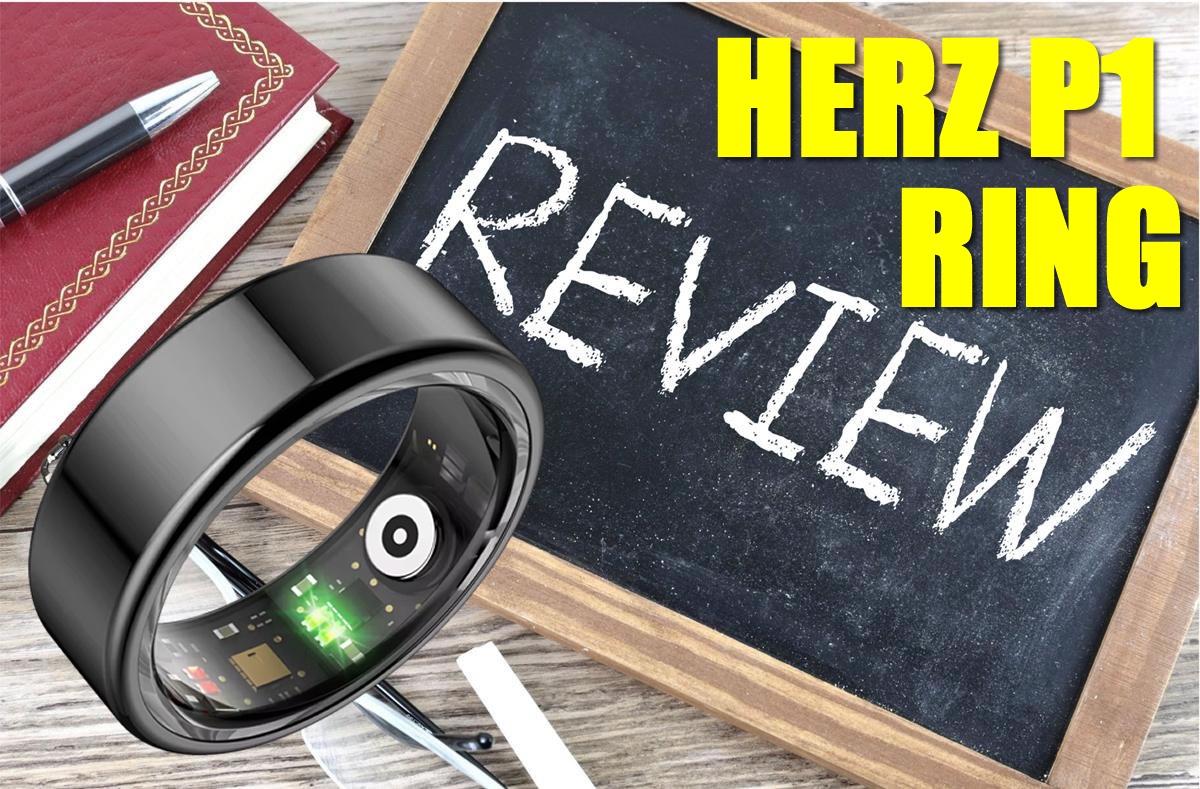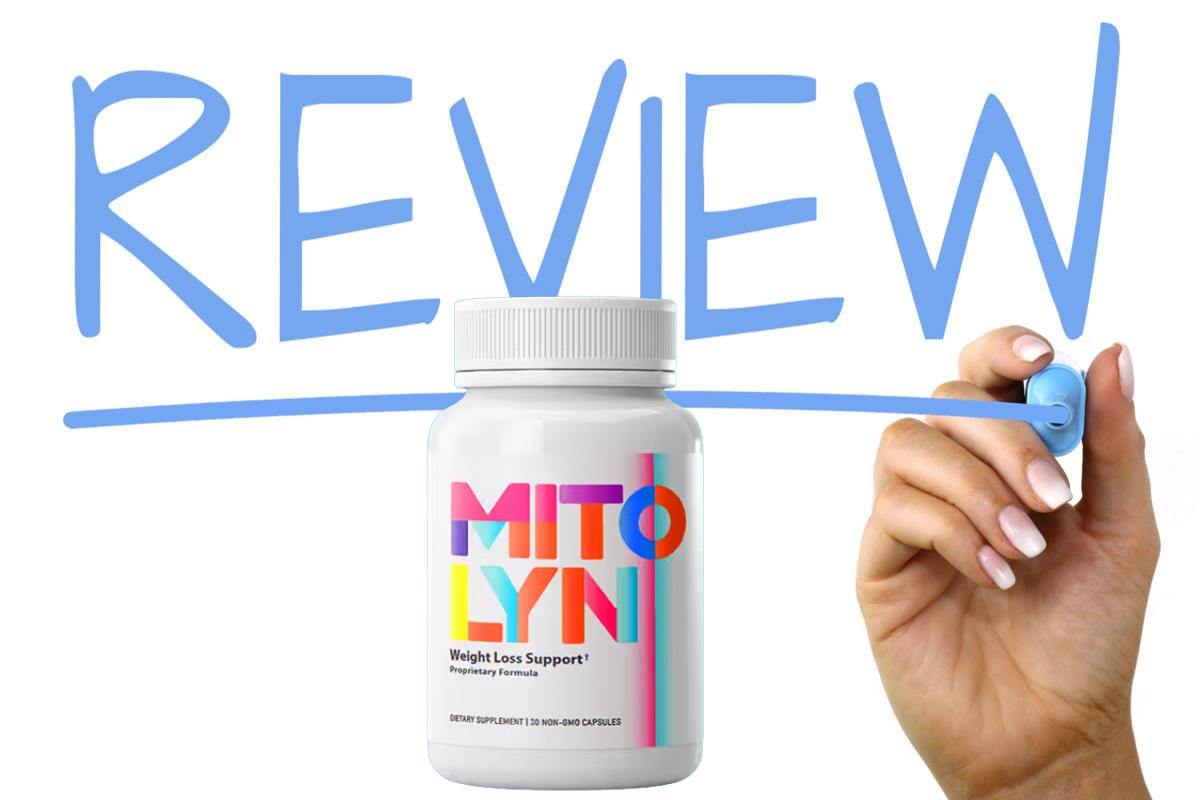Maneuvering dental and vision coverage with Medicare can be a bit challenging. Original Medicare doesn’t cover routine services, leaving you with some decisions to make. You might consider enrolling in a Medicare Advantage plan or exploring standalone options. Understanding the differences can save you money and guarantee you get the care you need. So, what are your best options for extensive coverage?
Understanding Medicare Coverage Basics
Medicare is an essential program that offers health coverage to millions of Americans, especially those aged 65 and older. It consists of different parts, each serving specific needs.
Part A covers hospital stays, skilled nursing facility care, and hospice services. You’ll find that Part B focuses on outpatient services, like doctor visits and preventive care. Together, these parts form the backbone of your Medicare coverage.
If you’re looking for additional benefits, you can explore Medicare Advantage plans, which often bundle Part A, Part B, and sometimes even prescription drug coverage.
Understanding these basics helps you navigate your options better. Remember, it’s vital to review your choices annually to guarantee you’re getting the best coverage for your health needs.
Dental Coverage Options Under Medicare
While you may assume that dental coverage is included in your Medicare plan, that’s not always the case. Original Medicare (Part A and Part B) typically doesn’t cover routine dental care, like cleanings, fillings, or extractions.
However, you can explore a few options to get the dental coverage you need. Some Medicare Advantage plans (Part C) offer dental benefits, so check if these plans are available in your area.
Additionally, you might consider purchasing a standalone dental plan that complements your Medicare coverage. These private plans often provide a range of services, from preventive care to more extensive procedures.
Always read the fine print to understand what’s covered and any out-of-pocket costs involved.
Vision Coverage Options Under Medicare
Although many people believe vision coverage is part of their Medicare plan, that’s not always the case.
Original Medicare (Part A and Part B) generally doesn’t cover routine eye exams, glasses, or contact lenses. However, it does cover certain eye-related medical treatments, like cataract surgery and glaucoma tests.
If you need vision services, you might want to contemplate a Medicare Advantage plan, which often includes vision benefits. These plans can help you pay for eye exams and corrective lenses.
It’s essential to review the specific coverage details of any plan you’re contemplating. Make sure to check if your preferred eye care providers are in-network and understand any out-of-pocket costs you may incur for vision care.
Supplemental Insurance Plans for Dental and Vision
If you’re seeking additional coverage for dental and vision care, supplemental insurance plans can be a valuable option.
These plans typically help cover costs that Medicare doesn’t, including routine check-ups, cleanings, and some procedures.
When choosing a plan, consider your specific needs, like how often you visit the dentist or eye doctor, and what services you use most.
Many of these plans offer a network of providers, so check if your preferred dentists and optometrists are included.
Additionally, compare premiums, deductibles, and coverage limits to find a plan that fits your budget.
With the right supplemental insurance, you can enjoy peace of mind knowing you’re better protected against unexpected dental or vision expenses.
Standalone Dental and Vision Insurance Plans
Standalone dental and vision insurance plans offer a straightforward way to get the coverage you need without bundling it into a larger insurance package.
These plans can be tailored to meet your specific needs, allowing you to choose the services that matter most to you, whether it’s routine check-ups, major dental work, or vision exams.
You’ll typically pay a monthly premium, and many plans include a range of benefits, such as discounts on procedures or coverage for glasses and contacts.
When selecting a plan, make certain to compare options, check provider networks, and understand any waiting periods or exclusions.
This way, you can guarantee you’re getting the best value for your dental and vision care.
Medicaid and Dental/Vision Coverage for Low-Income Seniors
For low-income seniors, Medicaid provides an important safety net that often includes dental and vision coverage.
Many states offer extensive dental benefits, which can cover routine check-ups, cleanings, and even some procedures like fillings or extractions.
Vision coverage usually includes eye exams and may help pay for glasses or contacts.
To access these benefits, you’ll need to apply for Medicaid and meet specific income and asset criteria.
Once enrolled, you can choose from participating providers to get the care you need.
It’s important to check your state’s Medicaid program, as benefits can vary.
Employer-Sponsored Dental and Vision Benefits
Employer-sponsored dental and vision benefits can greatly enhance your overall healthcare coverage, especially if you’re working full-time. Many employers offer these benefits as part of their health insurance packages, providing you with essential services that Medicare typically doesn’t cover.
You might find options for routine check-ups, cleanings, and even major procedures, ensuring that you maintain good oral and eye health. Additionally, these plans often come at a lower cost because your employer shares the premium, making them a budget-friendly choice.
If you’re eligible, take the time to review your employer’s offerings. Understanding the details can help you maximize your benefits and keep your healthcare costs manageable while ensuring you receive the care you need.
Tips for Choosing the Right Coverage
When you’re choosing the right dental and vision coverage, it’s important to evaluate your specific needs and budget.
Start by determining how often you visit the dentist or eye doctor and what services you frequently use. Look for plans that cover these essentials, whether it’s routine cleanings, fillings, or eye exams.
Consider the network of providers as well; make certain your preferred doctors are included. Compare costs, including premiums, deductibles, and co-pays, to find a plan that fits your financial situation.
Don’t forget to check the annual limits on coverage, as these can impact your out-of-pocket expenses.
Finally, read reviews and seek recommendations to guarantee you’re choosing a reliable provider for your dental and vision needs.
Conclusion
To summarize, getting dental and vision coverage with Medicare might seem overwhelming, but you have options. Consider enrolling in a Medicare Advantage plan, or look into standalone insurance plans to fill the gaps. If you’re eligible, Medicaid can also provide assistance for low-income seniors. Remember to evaluate each plan’s details carefully to find the best fit for your needs. With the right coverage, you can guarantee your dental and vision health is well taken care of.














